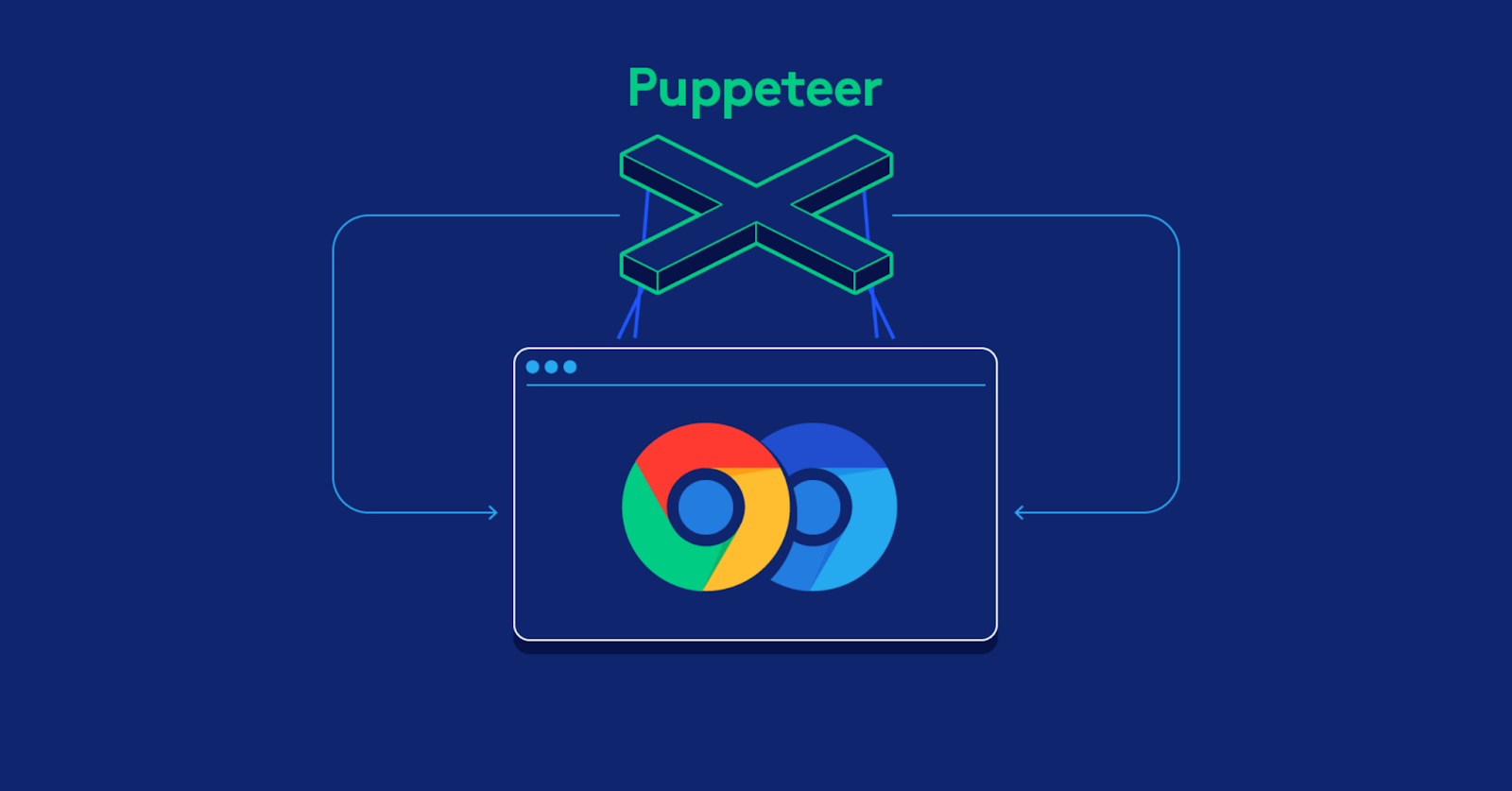
Imagine being able to control a web browser programmatically, automating tasks that would otherwise take hours of manual effort. That’s exactly what Puppeteer enables. Puppeteer is a Node.js library that provides a high-level API to control Chrome or Chromium over the DevTools Protocol.
In today’s digital world, where web scraping, automated testing, and performance monitoring are essential, Puppeteer has become an indispensable tool for developers and businesses alike.
In this blog, we’ll explore Puppeteer’s origins, core functionalities, practical applications, and the exciting future of web automation.
Puppeteer can do almost anything you can do manually in a browser. Some practical examples include:
These features make Puppeteer a versatile tool for both developers and businesses.

Puppeteer was developed by Google to address limitations in existing browser automation tools like Selenium. While Selenium was widely used, it often struggled with speed, modern web technology integration, and headless automation.
Puppeteer’s 2017 release was a milestone: it introduced headless mode, enabling Chrome to run without a graphical interface, dramatically increasing automation speed and efficiency.
Since then, Puppeteer has evolved significantly:
These enhancements have expanded Puppeteer’s usability for both small projects and enterprise-level applications.
At its core, Puppeteer controls the browser using the DevTools Protocol, simulating human interactions with speed and precision. Its main functionalities include:
Puppeteer can run Chrome in either headless (faster) or full mode.
const puppeteer = require('puppeteer');
(async () => {
const browser = await puppeteer.launch({ headless: true });
const page = await browser.newPage();
await page.goto('https://example.com');
console.log('Page loaded');
await browser.close();
})();
You can load URLs and wait for elements to render fully.
await page.goto('https://example.com', { waitUntil: 'networkidle2' });
Puppeteer lets you type, click, and capture screenshots or PDFs.
await page.type('#search', 'puppeteer');
await page.click('#submit-button');
await page.screenshot({ path: 'example.png' });
Extract data efficiently from web pages.
const result = await page.evaluate(() => {
let data = [];
let elements = document.querySelectorAll('.item');
elements.forEach(el => data.push(el.textContent));
return data;
});
console.log(result);
Ideal for reporting or documentation.
await page.pdf({ path: 'example.pdf', format: 'A4' });
Puppeteer is widely used across industries:
Benefits:
Challenges:
As web technologies evolve, Puppeteer’s future is bright:
These trends promise to make Puppeteer even more powerful and versatile for developers and businesses alike.
Puppeteer has revolutionized web automation, evolving from a simple automation library to a comprehensive solution for testing, scraping, and performance monitoring. By exploring Puppeteer, developers can streamline workflows, enhance productivity, and tackle complex web automation challenges with ease.
Start experimenting with Puppeteer today and unlock the full potential of web automation.
Ready to take your projects to the next level? Contact JIITAK to get expert guidance and support.
Q1. What is Puppeteer used for?
Puppeteer is primarily used for web automation tasks such as web scraping, automated testing, UI interaction, performance monitoring, and PDF/screenshot generation.
Q2. Can Puppeteer automate Chrome extensions?
Yes, Puppeteer can test and automate interactions with Chrome extensions.
Q3. Is “Pupeteer” the correct name?
No. Some users mistakenly search for “Pupeteer.” The correct library name is Puppeteer.
Q4. Do I need prior Node.js knowledge to use Puppeteer?
Basic knowledge of Node.js and JavaScript will help you get started quickly with Puppeteer.
Q5. Can Puppeteer be used for large-scale web scraping?
Yes, with libraries like Puppeteer Cluster, you can run parallel tasks efficiently for large-scale scraping projects.

.svg)